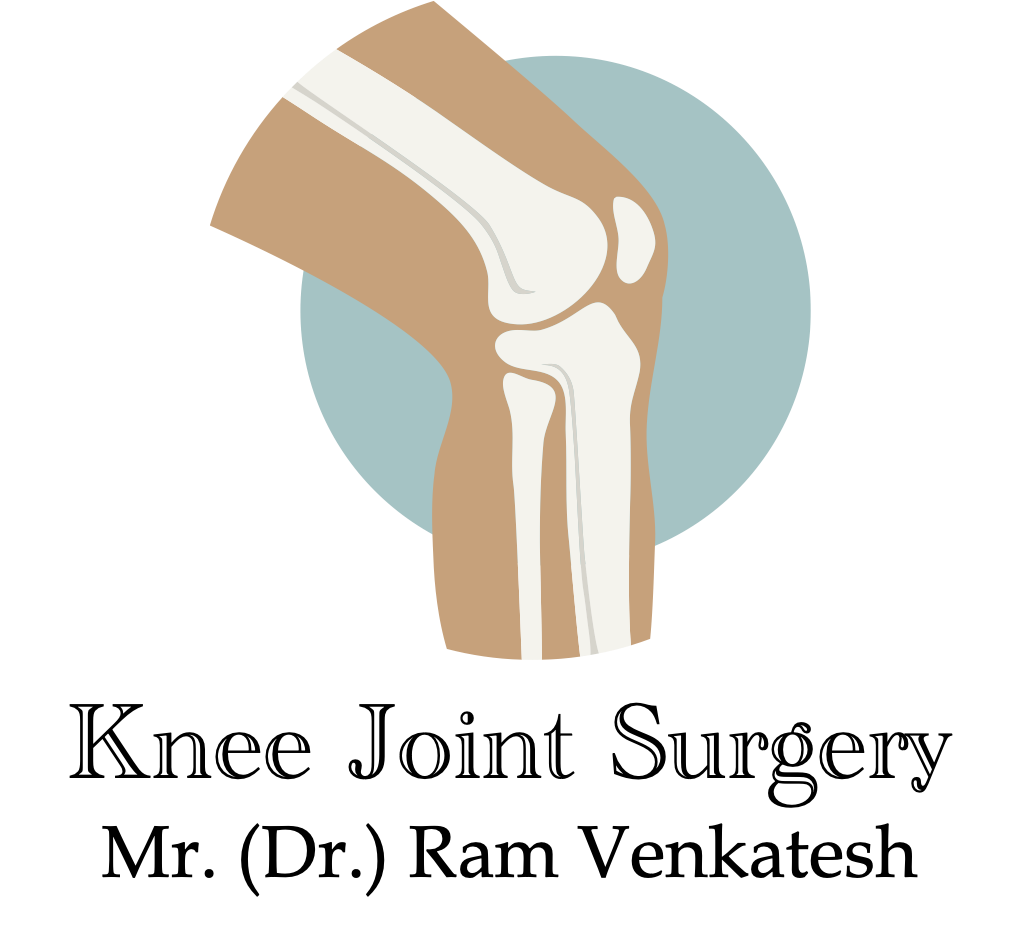Arthritis
Total Knee Replacement
Knee joint replacement is one of the most successful operations in orthopaedic surgery. About 300,000 total knee replacements are performed per year in the United States and about 80000 in the UK. Long-term successful outcomes have been reported with most current designs of total knee replacements. Over 90% of patients have excellent relief of pain, good mobility, and the ability to return to most of their normal activities of daily living. Patient satisfaction is high (90%) after total knee arthroplasty and 93% of patients would have this operative procedure again. There are still concerns about the degree of functional improvement in TKRs and hence newer designs in knee replacements are attempting to improve kinematics and flexion. There are also a small percentage of patients with unexplained knee pain after TKRs.
Indications
Pain not resolving with routine analgesic medication is the main indication for TKR. Walking distance, functional limitations and night pain are also useful guides in deciding to proceed to surgery. Age, threat to independence, ability to work and care of dependents can also influence decision. Presence of arthritis on x-rays alone is not an indication for replacement surgery. Absolute contraindication to TKR is the presence of local or systemic infection. Patient dissatisfaction with TKA is mainly due to inadequate preoperative information and varying expectations from the replaced knee.
What About Delaying Surgery
In most situations there is no harm in delaying surgery. In occasional circumstances bone loss or progressive deformity especially in the valgus knee or prolonged immobility can affect the technical difficulty of total knee replacement or the postoperative recovery.
Age and TKR
Patients often perceive that Total knee replacement can only be offered when they are 60 years or above. There are no strict age criteria. Extremely young patients with juvenile Rheumatoid Arthritis can require TKR at a young age due to multiple joint involvement and disability. Previous trauma, previous meniscectomy, significant malalignment or genetic factors can cause osteoarthritis in young patients requiring TKR. Unicompartmental knee replacements and osteotomies have to be considered in young patients with osteoarthritis prior to consideration of TKA. There are also special considerations of implant design in such active athletic patients needing total knee arthroplasty.
Design Options for TKR
| Fixed Bearing | Mobile Bearing |
| Cruciate Retaining- CR | Cruciate retaining |
| Posterior Stabilised-PS | Posterior stabilised |
| High Flexion design-CR or PS | High Flexion Design- CR or PS |
| Cemented vs. Uncemented | Cemented vs. Uncemented |
| Single/multiple Radius of curvature | Single/multiple radius of curvature |
| Curved vs. posterior lipped insert vs. surface guided | Rotating on a post vs. AP Gliding vs. meniscal bearing |
| Symmetric condyles vs. medial pivot knee | |
| ACL + PCL retained | ACL + PCL retained |
Planning a Knee Replacement
Surgical approach to total knee replacement
Video of midvastus approach
Techniques in balancing a total knee replacement
Varus Knee
Valgus Knee
Controversies in Total knee arthroplasty
Femur first or tibia first
To resurface the patella or not
Posterior cruciate substitution or not
Computer navigation
Minimal invasive knee replacement
Complications
Infection– In a study on 69663 medicare patients, infection incidence within 2 years was 1.55%. The incidence between 2 and up to 10 years was 0.46%.
Wound problems– swelling, scar sensitivity, numbness around scar, haematoma, delayed healing
Knee joint– stiffness, residual pain, instabilty, polyethylene wear, loosening
Patella– pain, maltracking, extensor mechanism rupture or fracture
Peripheral– Nerve injury (common peroneal N), blood vessel injury extremely rare
General– Deep Vein Thrombosis involving proximal veins is about 5-10%. The rate is lower than that for Total Hip replacement. Serious Pulmonary embolism risk is less than 0.5%. There is a small risk of chest or urinary tract infection, heart attacks or strokes.
